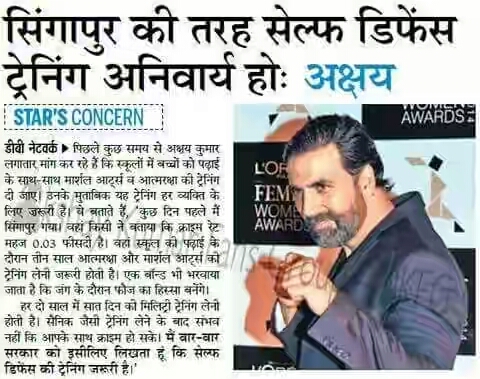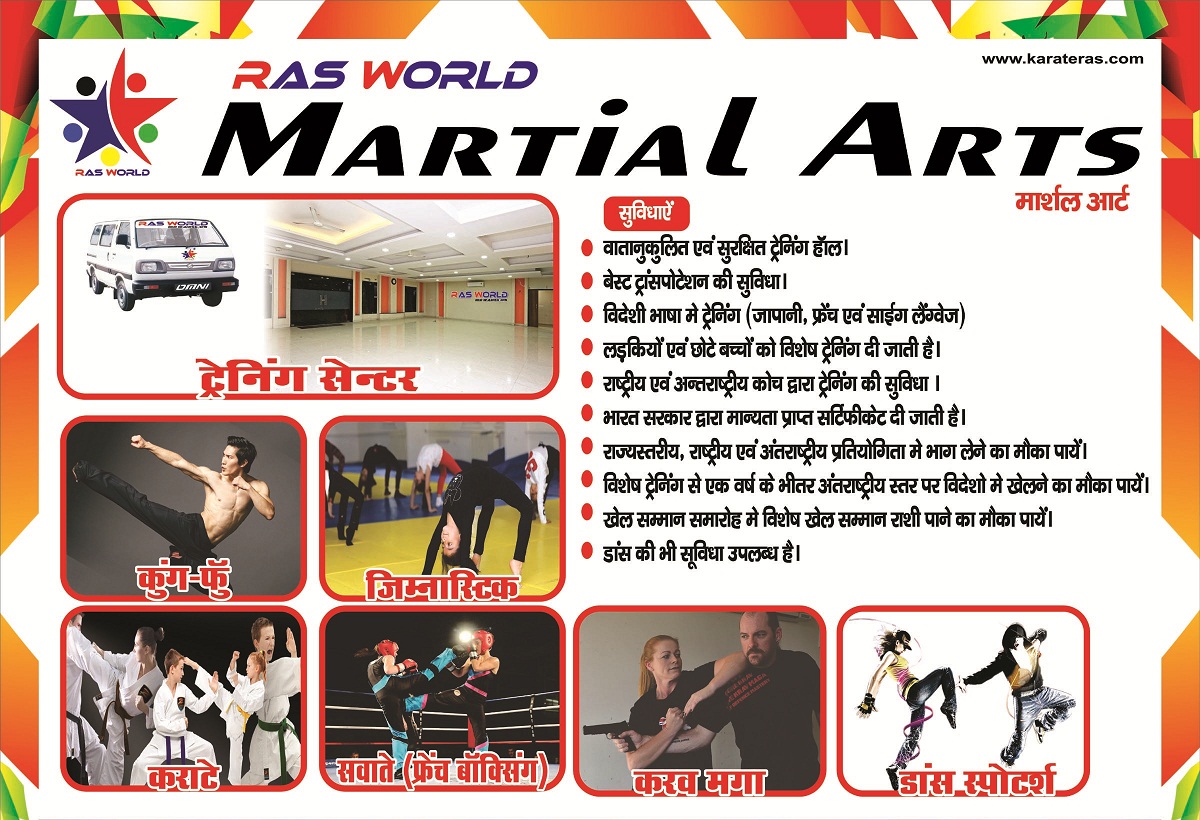 RAS WORLD
RAS WORLD 
.

.

.



![]() H.Q : Bolspil 25-4191 TG Gealdermalsen - Netherlad
H.Q : Bolspil 25-4191 TG Gealdermalsen - Netherlad
![]() OFFICE - Srivastava Colony, Chunabhatti Road, Malighat, Muzaffarpur, Bihar - 842001 (INDIA)
OFFICE - Srivastava Colony, Chunabhatti Road, Malighat, Muzaffarpur, Bihar - 842001 (INDIA)